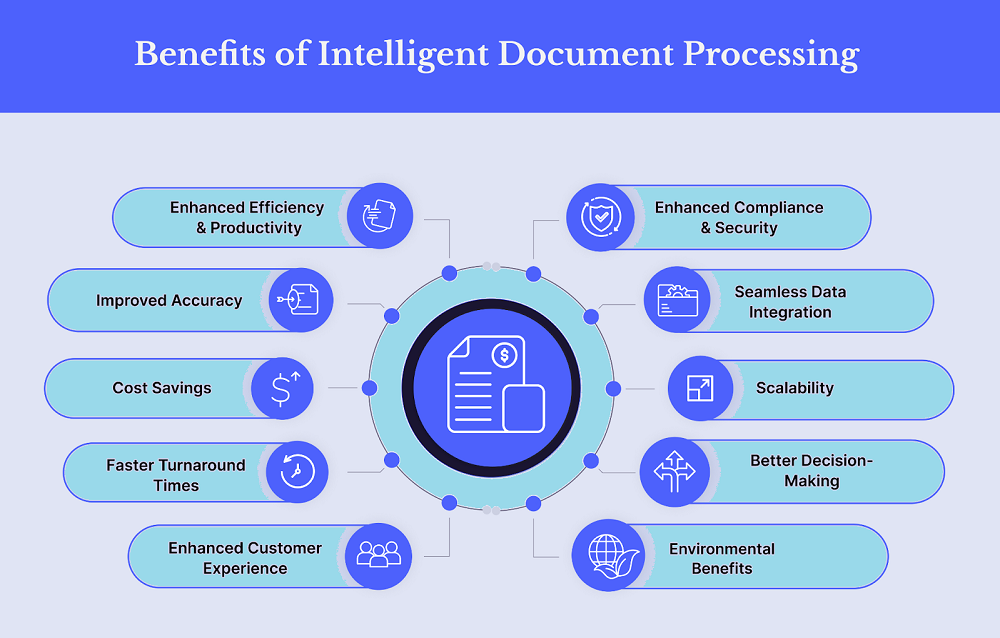The generation of Intelligent Document Processing revenue is increasingly shifting towards flexible, scalable, and value-based models that align with modern enterprise needs. The dominant revenue model is Software-as-a-Service (SaaS), where customers pay a recurring subscription fee, often based on the volume of documents processed or the number of users. This model provides vendors with predictable, long-term revenue streams while offering customers lower upfront costs and continuous access to the latest software updates. In addition to subscriptions, significant revenue is also generated from professional services, including implementation, system integration, data migration, and employee training. As IDP solutions become more central to core business operations, a hybrid revenue approach combining recurring software fees with high-value consulting services is becoming a popular and lucrative strategy for providers.
The total revenue pool for the IDP industry is set for explosive growth, creating immense opportunities for vendors and service providers. The market is on an aggressive growth path, with forecasts indicating that its total size will climb to a substantial USD 23,348.51 million by 2034. This expansion is powered by an exceptionally strong compound annual growth rate (CAGR) of 29.22% over the 2025-2034 period. This rapidly expanding revenue pie means that there are abundant opportunities for both established players and new entrants to carve out a profitable niche. The impressive financial forecast encourages ongoing investment in research and development, which in turn leads to more powerful products that can solve more complex problems, further driving customer adoption and sustaining the virtuous cycle of revenue growth across the ecosystem.
To maximize revenue, vendors are increasingly focusing on delivering measurable business outcomes rather than just selling software features. This involves developing clear return on investment (ROI) calculators and working closely with clients to identify the processes where automation will have the biggest impact. Another key revenue-generating strategy is the creation of online marketplaces or app stores for pre-built document processing models. For example, a partner could develop and sell a highly accurate model for processing utility bills, with the platform owner taking a percentage of each sale. This marketplace approach fosters an ecosystem of innovation, expands the platform's capabilities without direct R&D investment, and creates a powerful new revenue stream for the platform provider and its partners.
Looking ahead, the future of IDP revenue will be closely tied to consumption-based pricing and its integration into larger automation platforms. As IDP becomes an embedded feature within RPA, ERP, or cloud platforms, revenue may be generated on a per-transaction or "pay-as-you-go" basis, making the technology more accessible and aligning costs directly with usage. Furthermore, the ability to generate and sell anonymized, aggregated data insights derived from processed documents represents a potential new frontier for revenue generation, provided it is handled within strict ethical and privacy guidelines. By embracing flexible pricing models, fostering partner ecosystems, and exploring data-driven value creation, the IDP industry can ensure its revenue streams remain robust and continue to grow at a rapid pace.
Explore Our Latest Trending Reports:



